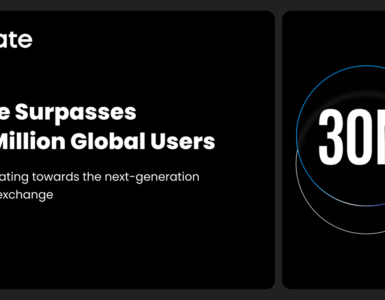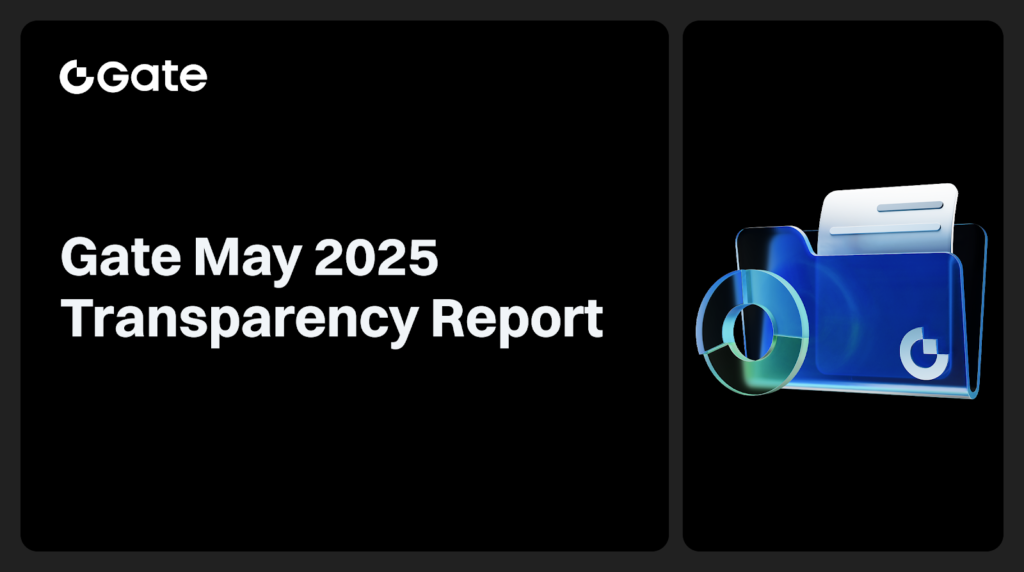Ethereum is currently facing a big privacy flaw related to the Ethereum Name Service (ENS). This service allows you to send and receive crypto easily by attaching a name to an Ethereum address.
The problem is that people who attach their names, their financial records get revealed because these ENS names are linked to public Ethereum addresses and anyone can view it. So this means that when you attach your name with your Ethereum address, all of your transaction records will be open to everyone and any would see it.
Solving this problem is a priority
Ethereum Co-founder Vitalik Buterin wants to solve this problem and says that it is the priority of the Ethereum network to solve this problem. He says in a Tweet:
Next step in improving ethereum’s privacy (in addition to ongoing improvements to https://t.co/f8JT3wFmD4 and the like): some clean easy-to-use stealth-address-like scheme to send coins to an ENS name without publishing to the world that they got coins.
— vitalik.eth (@VitalikButerin) April 1, 2020
Next step in improving ethereum’s privacy (in addition to ongoing improvements to tornado.cash and the like): some clean easy-to-use stealth-address-like scheme to send coins to an ENS name without publishing to the world that they got coins.
He wants to make sure that people do not let anyone see their transaction records while using ENS addresses.
What solution does Vitalik propose?
Vitalik has proposed a solution to fix this privacy problem related to Ethereum Name Service. His solution is to use cryptography which will help to hide the transaction data of people. It is a complex process but he explains how to do this in another tweet.
how dat work
— Daniel “non-essential tweeter” Goldman (@DZack23) April 1, 2020
Stealth addresses are easy: ENS name holder publishes public key P with private key p. Sender generates random r, sends coins to address rP (that’s elliptic curve multiplication). Name holder can spend those coins with rp. Sender needs to send r to name holder somehow.
Shortly, it means that both senders and receivers will have to exchange with each other their cryptographic signature and as a result, their transaction information will remain hidden.














1 comment